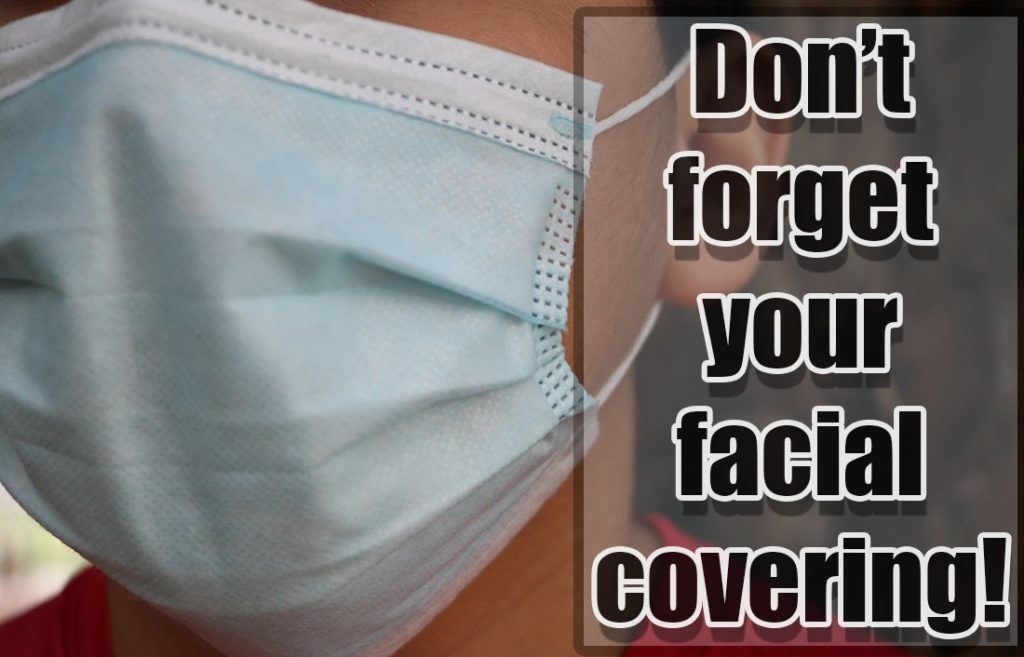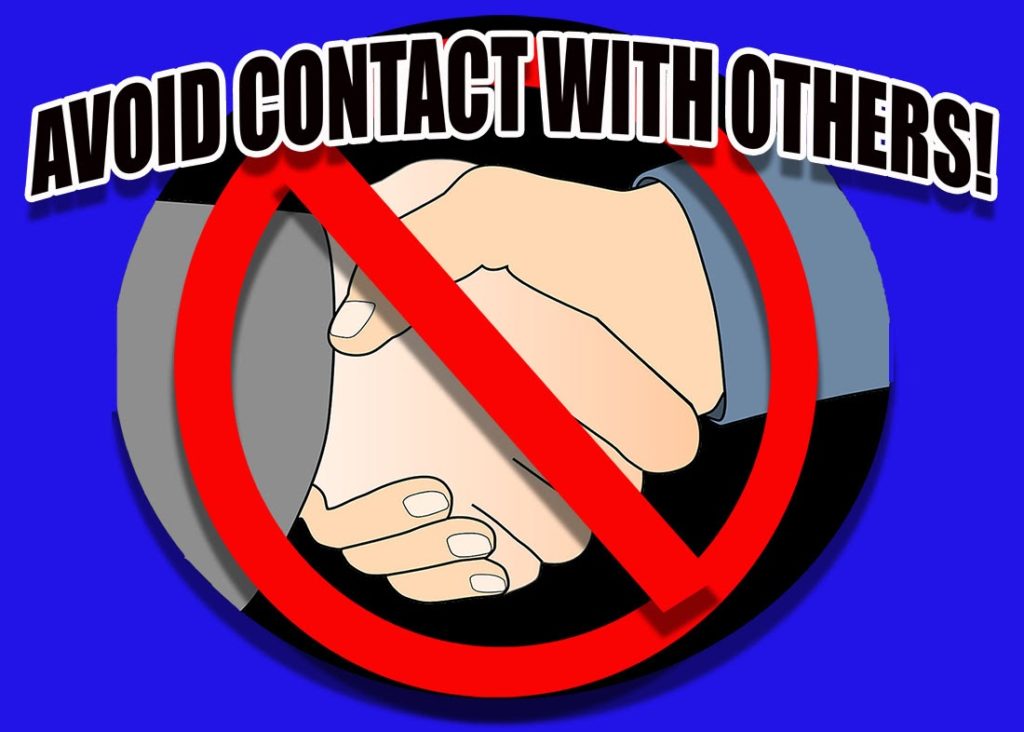
Roxanna Miranda/The Rider Photo Illustrations
Sol Garcia | THE RIDER
If students follow proper health protocol, going out could be healthy for their mental well-being, said Joseph Hovey, a professor in the Department of Psychological Science.
“Leaving the house even if it’s for non-essential reasons … could be healthy, but it depends on whether you’re following proper public health protocol,” he said.
Hovey and his colleagues had conducted research data on mental health in March and April. He said many people had concerns that included isolation, income loss and stress over catching COVID-19.
“All this leads to pretty elevated rates of things like anxiety, depression, alcohol, opiate use, suicidal thoughts,” said Hovey who specializes in anxiety, depression and Latino mental health.
If students leave home to destress or cope, going out can be positive, Hovey said.
“Going out and leaving the home is actually a positive thing, if what you’re trying to do is destress, if it’s used as a way of coping, for example, by connecting to other people, friends and family,” he said.
If students choose to go out, Hovey recommends they wear facial coverings and avoid large groups or hanging out indoors for extended periods.
“It is a good thing to go out,” he said. “There’s smart ways of doing this, and there’s ways that would really put you at risk.”
Raul Reyes, a rehabilitation and addiction studies junior, said his mental health has gotten better since he started going out compared to the first three or four months when he would stay home.
“I was just feeling a lot of isolation and loneliness, even though I would try to make plans with my friends, like as in … Zoom or [a] call,” he said. “Now it’s so much better and I can actually see them. It just feels better to go out of the house.”
Reyes will go out about twice a week with a friend or two to the mall or restaurants. He calls popular restaurants ahead of time to know if they have social distanced tables and keeps hand sanitizer and a facial covering with him.
“Even before the pandemic, I always had a Germ-X with me so I could always clean my hands, and I wear a mask everywhere if I’m in public,” he said.
Jose Campo Maldonado, assistant professor and director of infection surveillance for UTRGV School of Medicine, believes not going out at all if it can be avoided is the best way to avoid the transmission of COVID-19, but there are some precautions students and others can take if they choose to go out, which include
–avoiding crowded areas,
–hanging out outside,
–keeping your distance from others at least 6 feet,
–wearing nose and mouth cloth coverings, and
–using soap and water or hand sanitizers
“All those things together can help to significantly decrease the risk of transmission in those who end up going out,” he said.
Students who hang out in groups should try to minimize the groups’ size, while following the other precautions, Campo Maldonado said.
“Try to minimize the size of the group,” he said. “Try to keep your distance from others.”
If a student is going to another person’s house, they should be aware of their surroundings, Campo Maldonado said.
“If you’re going to someone else’s house and the ventilation is not very good, you may be at higher risk of getting the infection, even if you try to keep your distance or wear a mask,” he said.
Students should wear a facial covering when visiting someone else’s home, and if there is an older person there, that older person should also wear a facial covering, Campo Maldonado said.
“Maybe those older individuals, who have heightened risk factors, should be wearing not just a cloth mask, but maybe even a surgical mask to help protect a little better and minimize contact with visitors,” he said.
Students should avoid hanging out in crowds and indoors because of ventilation and a lack of space to distance, Campo Maldonado said.
“It’s problematic if you don’t have good ventilation and cannot keep your distance,” he said. “Those are two places that [have] a higher risk of transmission.”
Some good, low-risk places to hang out at are neighborhoods, parks or recreational areas if there are not many people around others, Campo Maldonado said.
“Those are places which … there is a lot of ventilation or just outdoors,” he said. “If you are going to be close to people who don’t live with you, you probably still need to follow the precautions, keeping your distance and wearing your face coverings for sure.”
Campo Maldonado said he believes it will be likely that people will go out and get exposed as Halloween and other holidays approach.
“Be aware of these activities,” he said. “Some of these activities, especially if you don’t follow these precautions, can increase the rates of transmission.”






